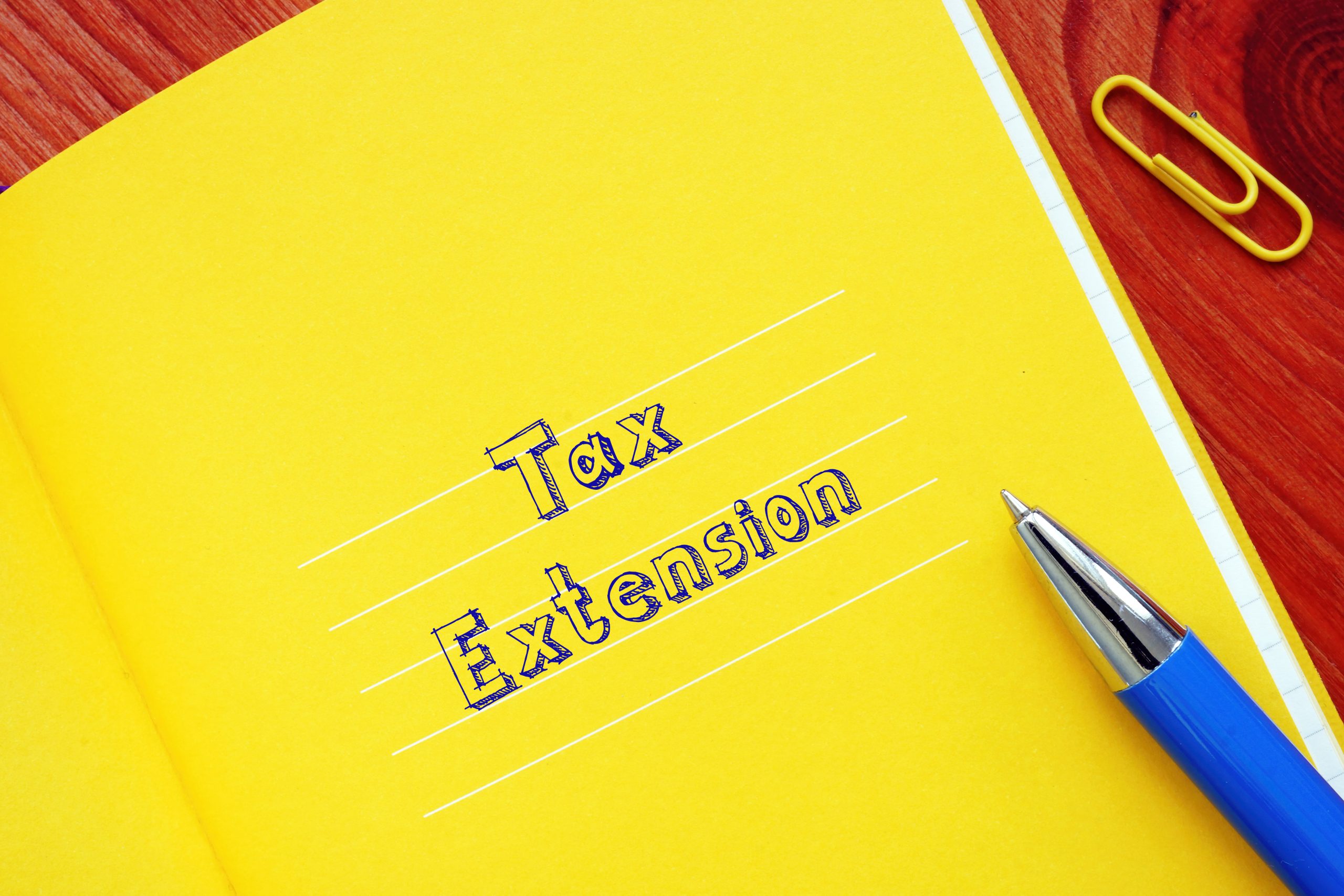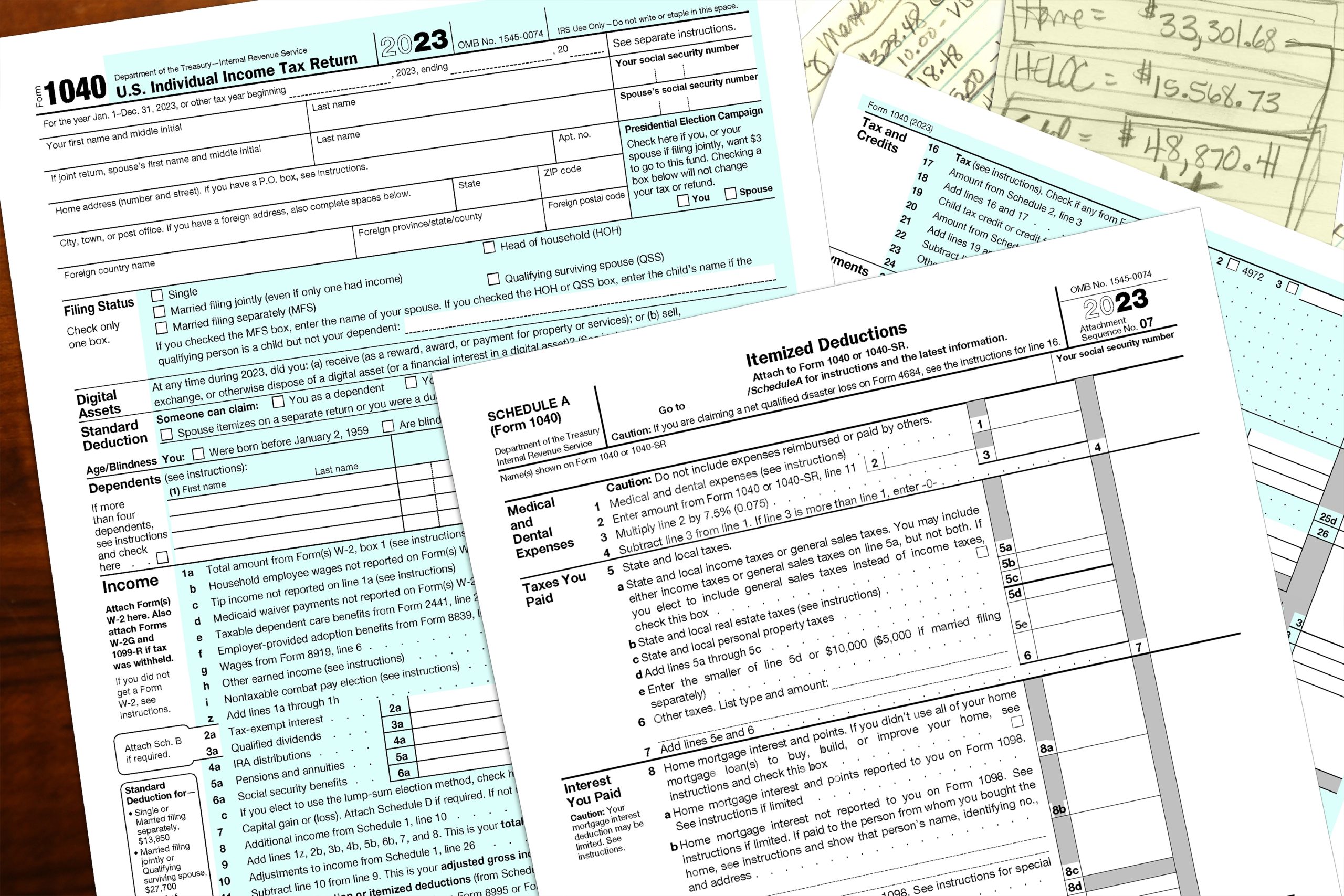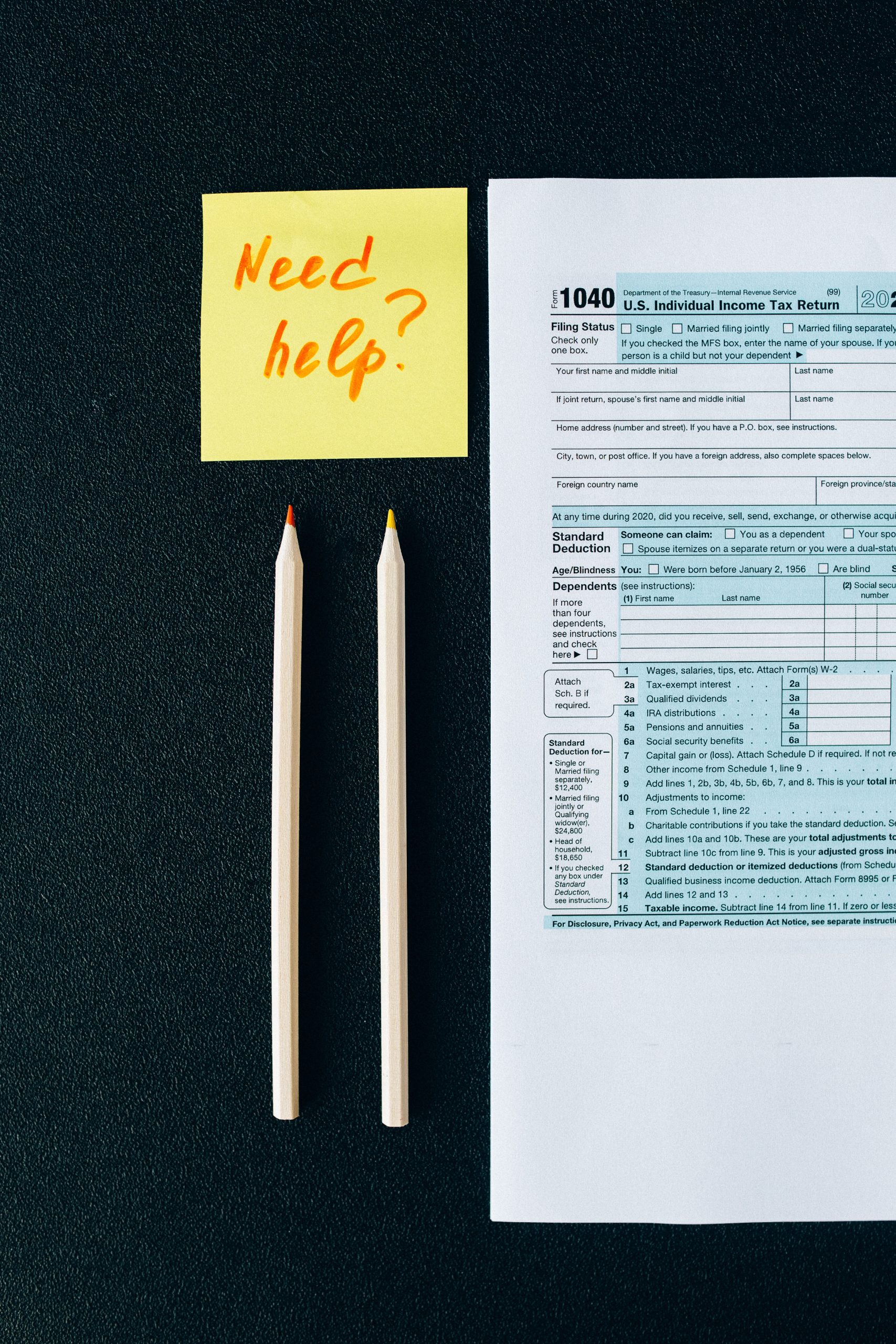Filing a tax extension gives you extra time to file your income taxes if you aren’t able to meet the April 18th, 2023 tax-filing deadline. You can get an automatic 6-month extension by filing IRS Form 4868 by the filing deadline.
How Do I File a Tax Extension?
You can file a tax extension by completing IRS Form 4868. You can file an extension on the IRS website or by filling out a paper Form 4868 and mailing it to the IRS. However, both these methods can be confusing and time-consuming.
Instead, you can file your tax extension using FileSmart. This helps ensure that you’ve submitted the extension correctly to avoid potentially costly errors.
What Do I Need to File a Tax Extension?
Luckily, you do not need much information to file a tax extension. In order to complete Form 4868, all you need is your:
- Personal information (address, social, etc.)
- Personal information of spouse, if filing jointly
- Estimated tax liability
- Your total tax payments made throughout the year
- Amount of taxes that you’re paying when submitting your form
If you work for a company, this information should be readily available. However, if you own your own business or are a contractor, you might have to calculate some of these figures before being able to submit an extension.
How Long is a Tax Extension?
Filing for a tax extension in 2023 will give you until October 16, 2023, to file your taxes. However, this does not give you an extension to pay your taxes. Any unpaid taxes past the tax-filing deadline will be charged a late fee and assessed interest.
Do I Need to File a Tax Extension if I’m Expecting a Refund?
If you are expecting a refund as part of your tax return, you technically do not need to file a tax extension. However, if you want to receive your tax refund, you must claim it within three years from the date you filed your original tax return.
If you file a tax extension for the year that you are expecting a refund, the filing deadline to claim your refund becomes three years from the extension deadline. Therefore, by filing an extension, you are giving your future self more time to claim a refund.
Do I Need to File a State Tax Extension?
Some states require you to file a separate extension in order to get extra time to file your state tax return. Others will automatically give you an extension when you file for an extension on your federal return.
It’s best to visit your individual state’s website to see what you need to do in your state to get a tax extension.
Top Reasons for Filing a Tax Extension
If filing a tax extension doesn’t give you extra time to pay your taxes, you may wonder why you would want to file an extension. There are several reasons you might want to consider filing a tax extension.
Avoiding Late Penalties
While the IRS will assess a penalty if you fail to pay your taxes on time regardless of whether you file an extension, they’ll also slap on another penalty for failing to file your taxes on time.
By filing a tax extension, you can avoid a 5% penalty per month (maxed out at 25% of unpaid taxes).
Incomplete Tax Documentation
If you don’t have all of the information you need to file an accurate tax return, it’s better to file an extension than to file an incomplete tax return. Reporting inaccurate tax information to the IRS can result in hefty penalties.
Need Extra Time
Everyone’s life can get a little hectic from time to time. If the tax deadline sneaks up on you, it may be better to just request an extension than to try to put your taxes together in a hurry. Taking the extra time to make sure your tax return is accurate by requesting a tax extension can save you money in the long run.
How to File a Tax Extension with File Smart
Filing a tax extension with FileSmart is simple – just click here to get started. As a FileSmart member, you’ll also get access to tax filing software and can ask our team of tax experts up to 5 questions/month (including any questions you have about filing a tax extension).































0